After spending little time in the west of Turkey we continue to discover the capital of Turkey and the less travelled Black Sea Coast. This way we try to avoid the heat of the Mediterranean and still visit the north of Turkey before it’s getting too cold.
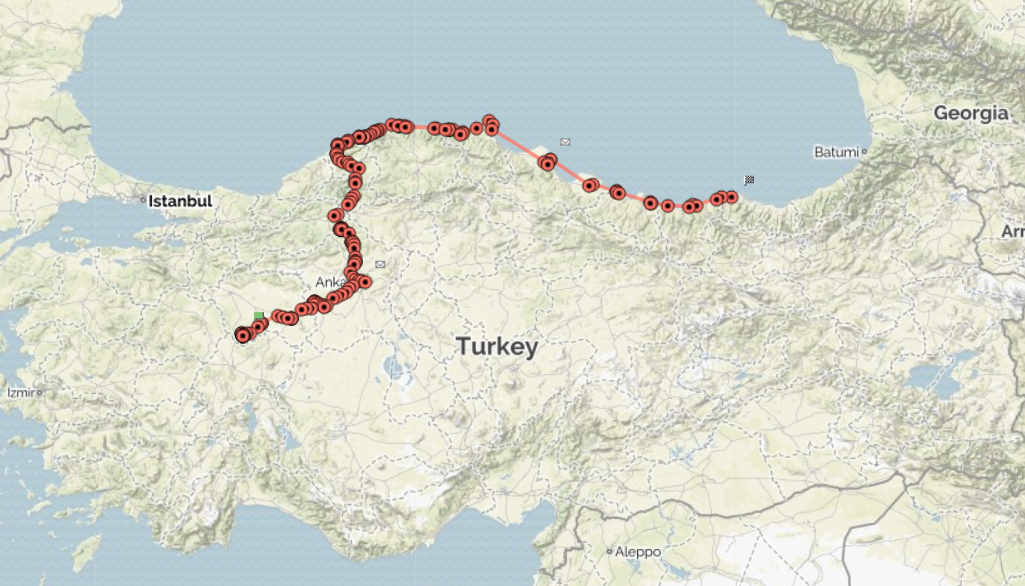
ANKARA – THE CAPITAL
As mentioned in the last blog post, we decided to stay in a hotel in Ankara. First, we checked the different camping sites but didn’t find anything appealing. As we started looking at hotels, we figured out that they are proper cheap and ended up indulging in a 4* hotel for 30€ a night. Obviously, there are different definitions of 4* from country to country but the hotel was very nice and the rooms spacious enough. It has been a month since our prolonged stay in the south of France and therefore having a room in a building for ourselves was in itself a different feeling and one we enjoyed by watching some TV and catching up on admin stuff on our laptop.
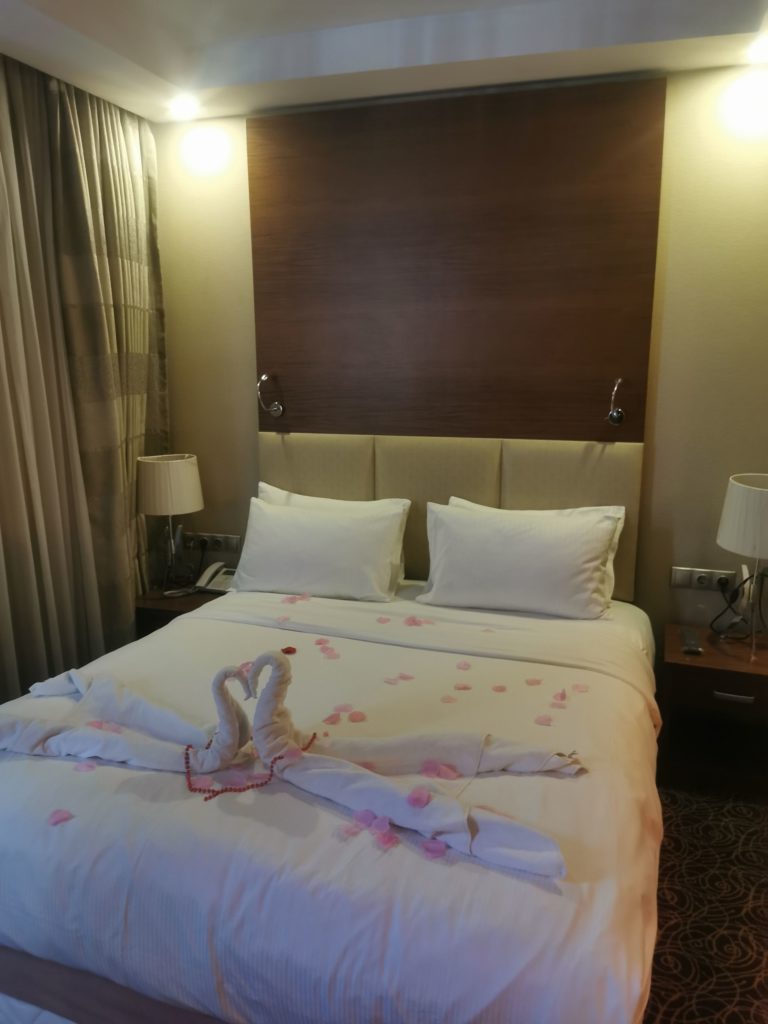
Located in the middle of the city, the hotel was the perfect spot to explore. Ahead of getting there, we knew little about Ankara. We were surprised to learn that the city was only a provincial town with around 30’000 inhabitants about 100 years ago. Back then it was called Angora, after their main export (mohair from Angora goats and Angora wool from Angora rabbits). It’s fate turned when the town became the centre for the revolution under Kemal Atatürk, leading to the modern Republic of Turkey, replacing the old Ottoman empire. Nowadays Ankara is home to over 5 million people and continues to grow which in turn made the drive into the city a bit challenging.
Our first venture led us to the only old part of Ankara (the old castle) and to the amazing Museum of Anatolian Civilization. It’s an absolute must-visit when in the city. It’s not a huge museum but it gave us a comprehensive overview of the civilizations inhabiting Anatolia starting in the neolithic time. It provided us with a deepened understanding not only of the history of Anatolia but human civilization in general and helped put a lot of the sites we visited and continue to visit in a better context.
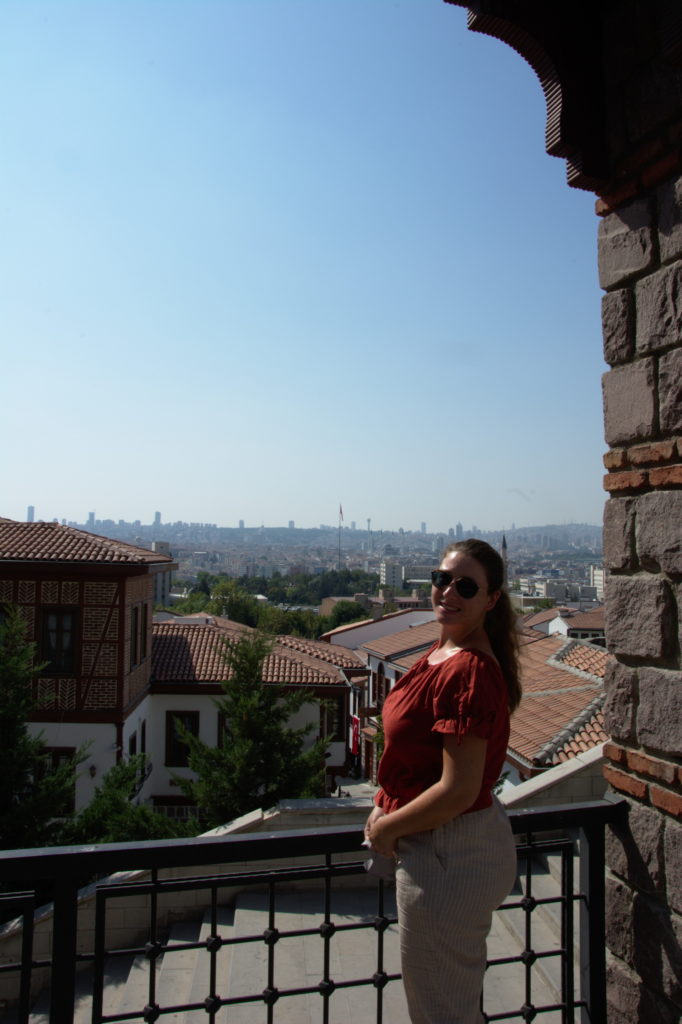
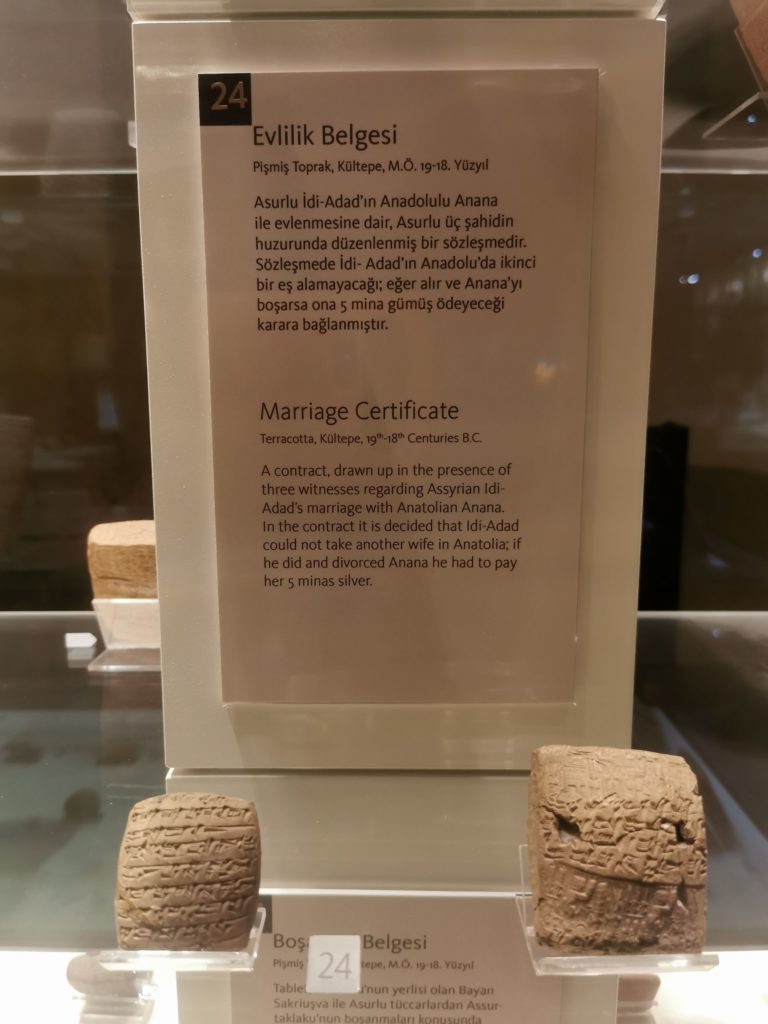
After spending the morning at the museum we took a taxi to the Ataturk Mausoleum (Anit Kabir). At one moment we just sat down and caught up on some reading about the more recent Turkish history as well as the man being remembered here and who is today found on everything from shirts to phone cases to cars.
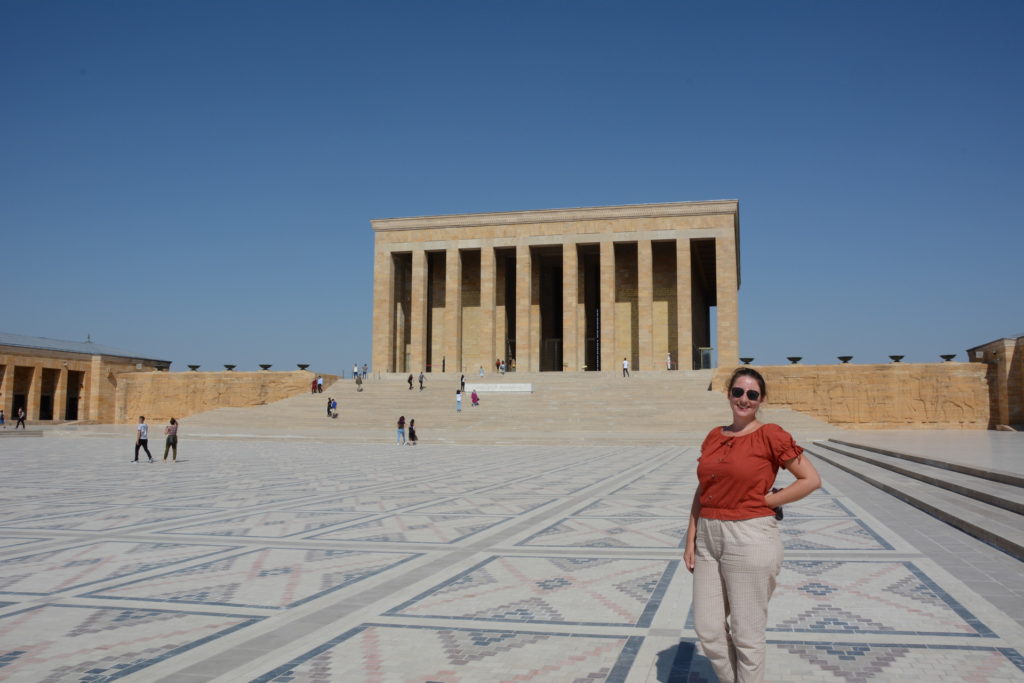

HEADING TO THE COAST
Over the following days, we headed north to the Black Sea Coast. On our way, we spent a lovely night in the Sahinler National Park where we made a short hike exploring the woods. Further north we stopped in Safranbolu. The town, named after its saffron growing and trading business, is listed as a UNESCO world heritage site for its well preserved Ottoman era oldtown. We skipped the visit to the old hammam for concerns over Corona but relished exploring the narrow roads which are nowadays packed with shops selling Turkish delight as well as a ton of tourist souvenirs. The old caravanserai (Cinci han), which was part of the silk road, was transformed into a hotel and a lovely little cafe. There we enjoyed a Turkish coffee in the afternoon and daydreamed about the times this place was filled with camels and traders.
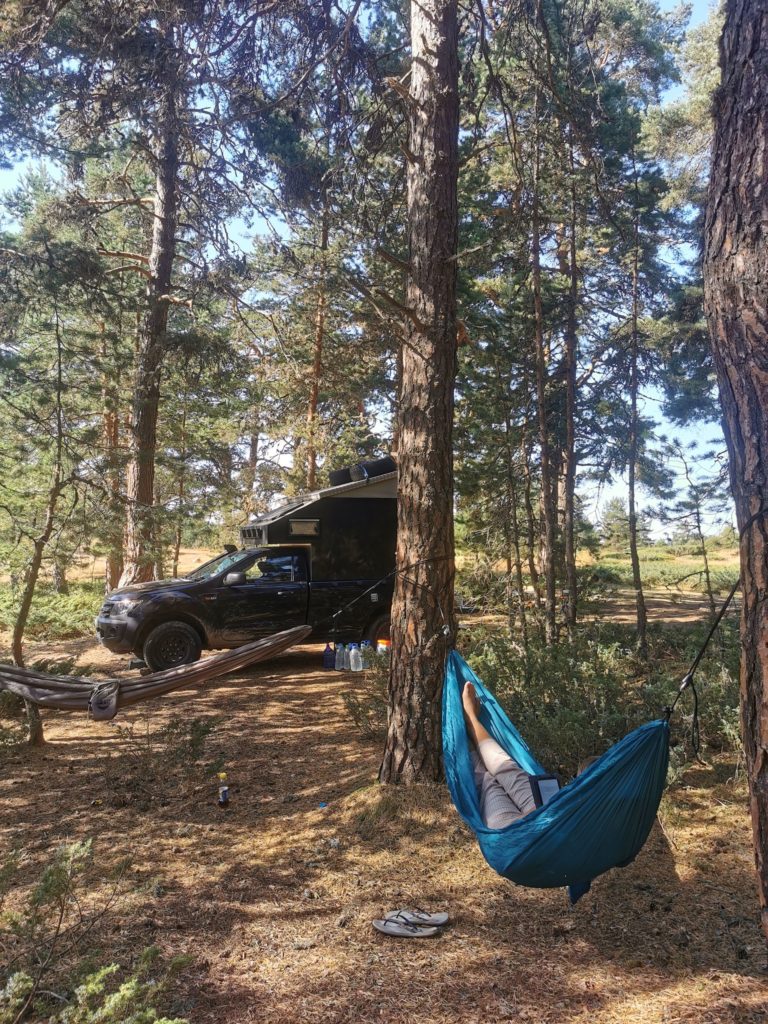
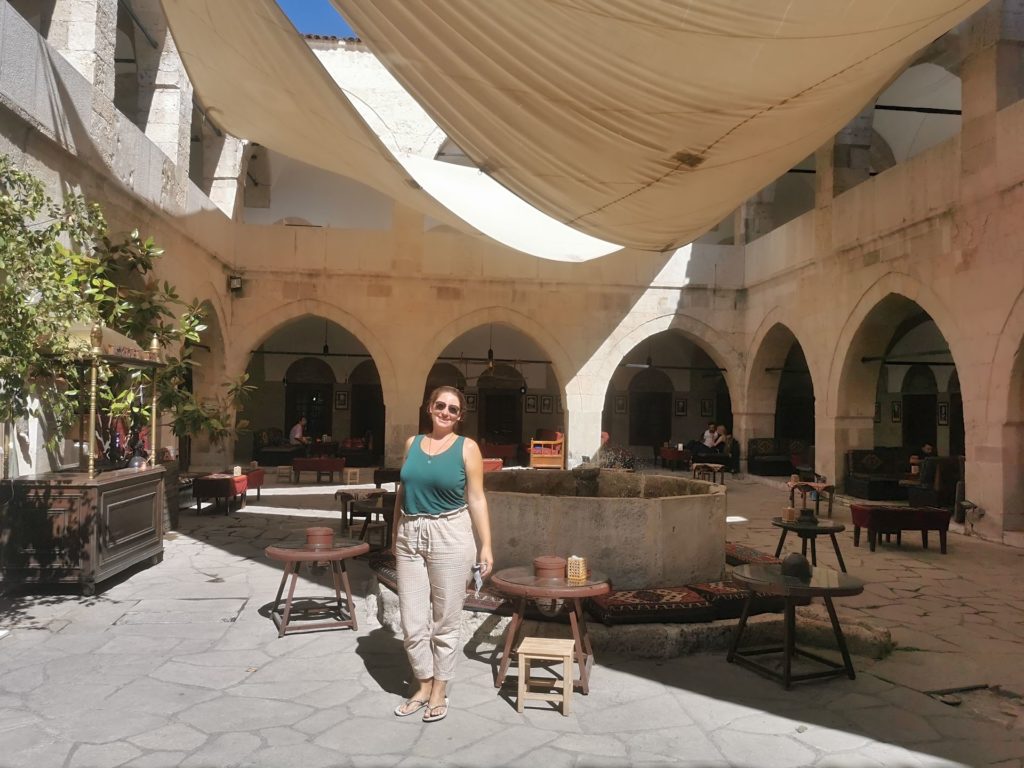
THE WILD COAST
The first town on the coast we drove to was Amasra. The relatively small town is on a lovely bay and oozes charm. After a couple of days inland, we were happy to eat out at a lovely fish restaurant. The spot for the night we initially looked for is nowadays a loading station for gravel trucks and as a result, we had to stay in a big parking place. The following days we followed the small and bendy roads along the coast. Small little beach towns and high forested cliffs made for lovely wild scenery. There is a four-lane highway being built at the moment. This will make the journey a lot quicker but we would still prefer the small scenic coastal road.
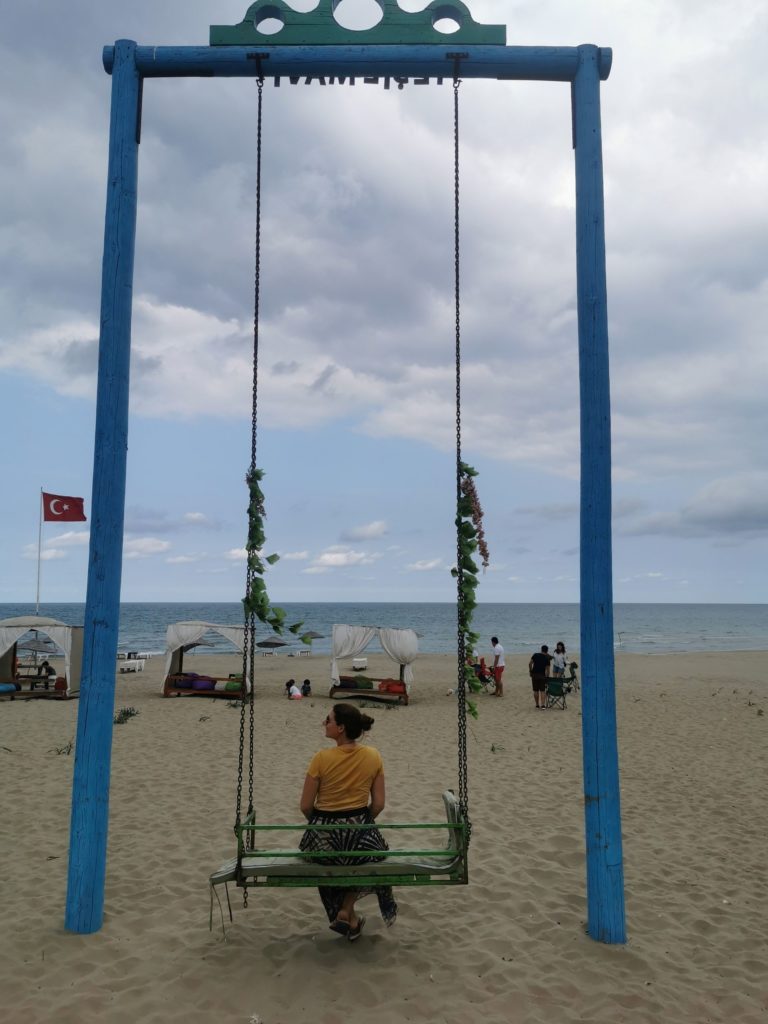
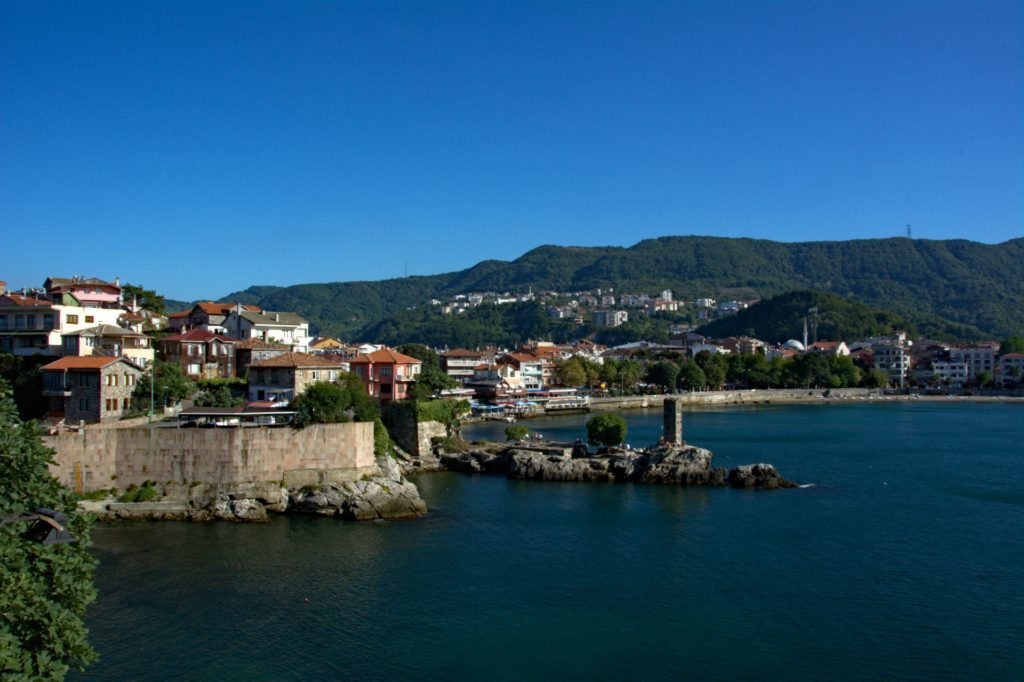
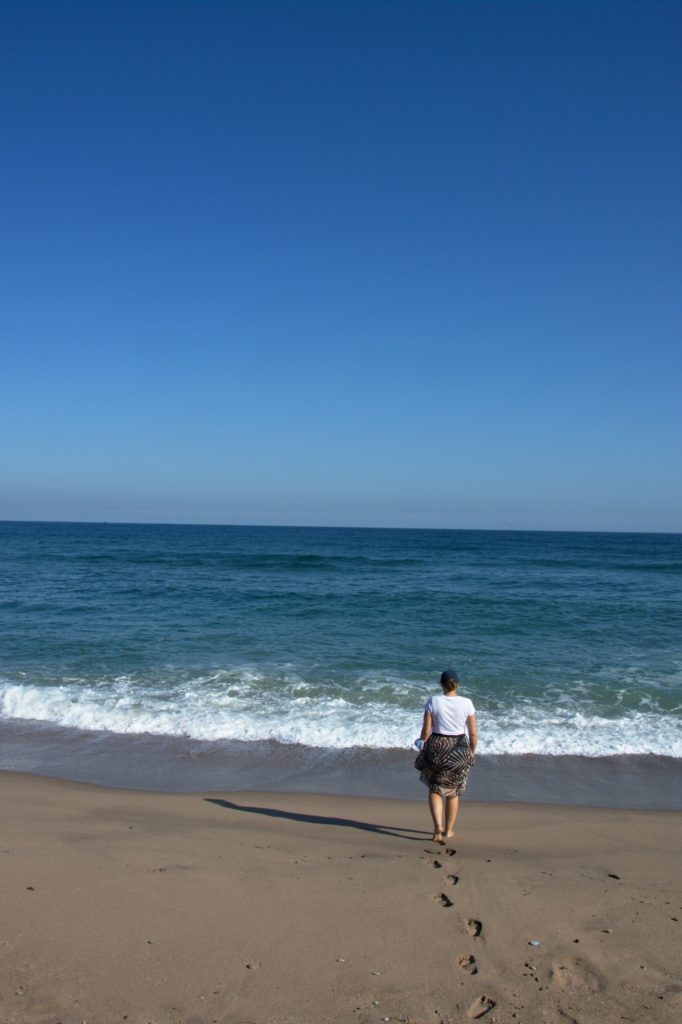
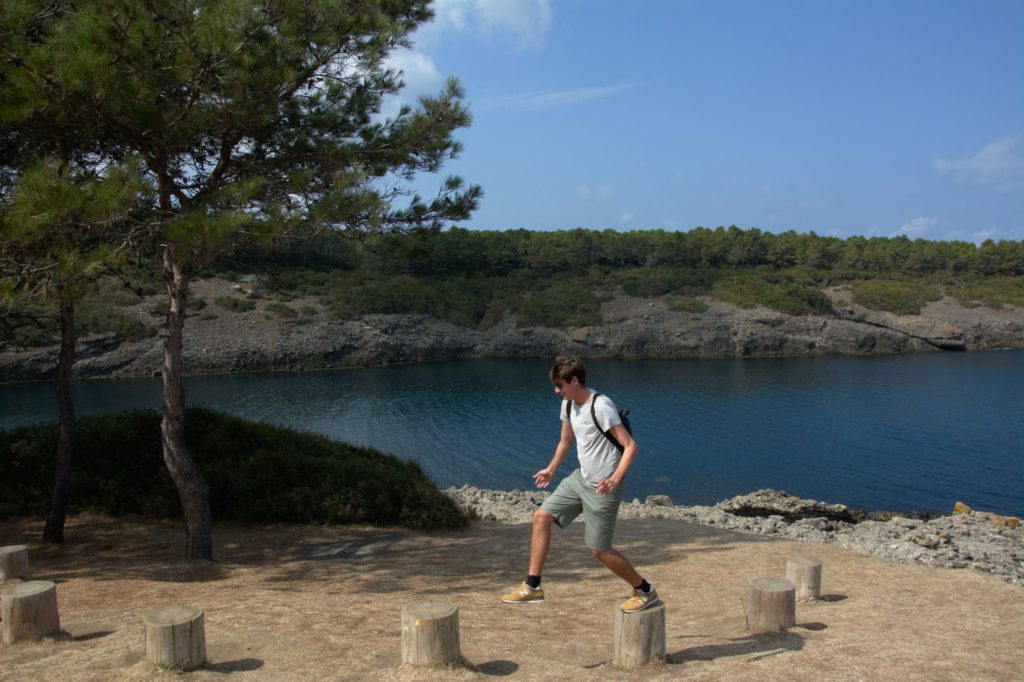
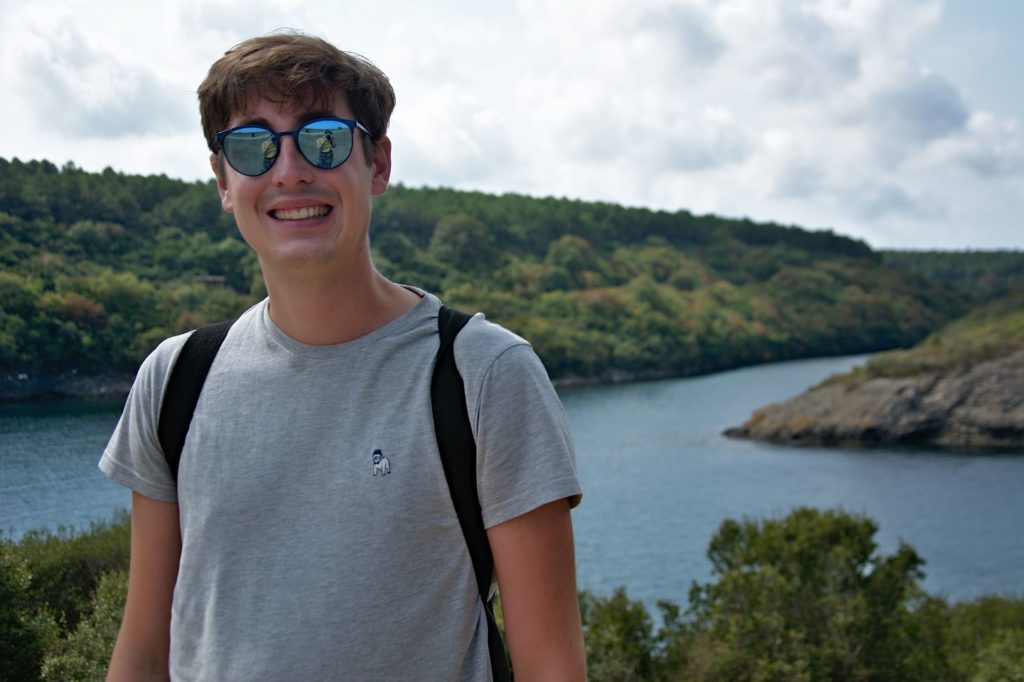
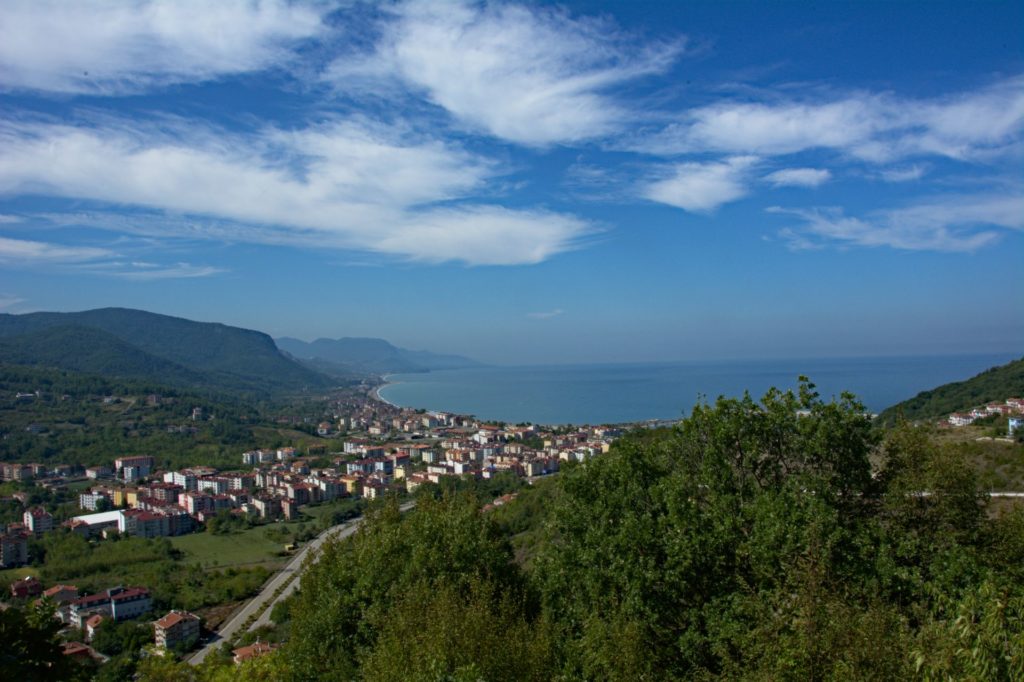
The next city on the road was Sinop. It used to be famed, as the only safe harbour in winter and the birthplace of ancient philosopher Diogenes. Unsurprisingly, it changed hands many times over the last centuries. The main sight to see is a disused prison. Apparently many famous authors were imprisoned there and it was used as the set for several films. As the signs were only written in Turkish and we don’t know the authors it was just a bunch of curious buildings for us.
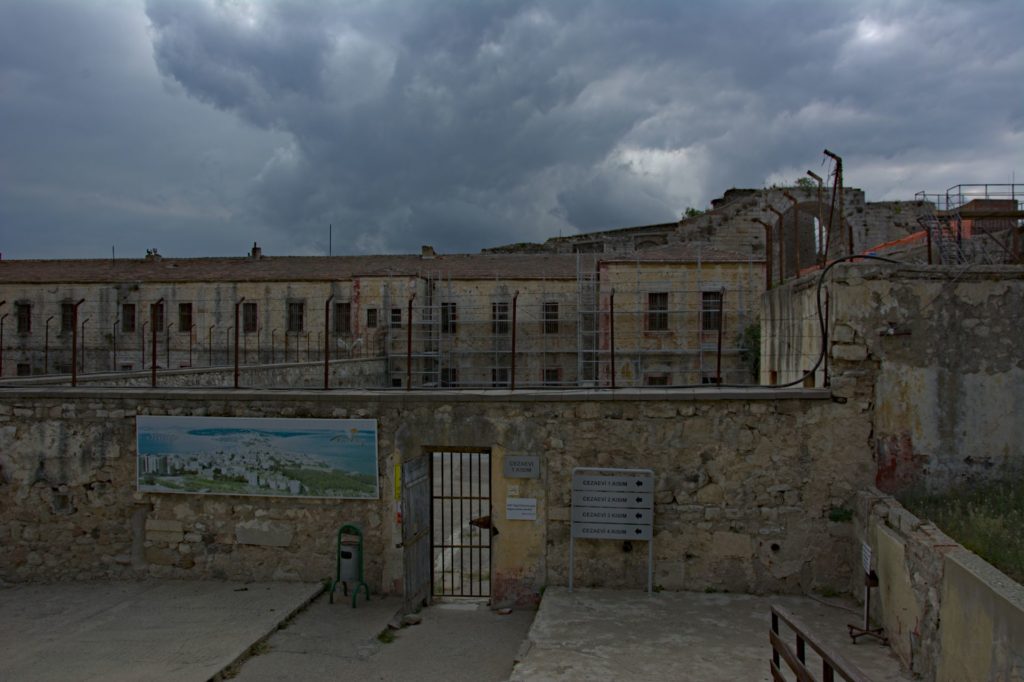
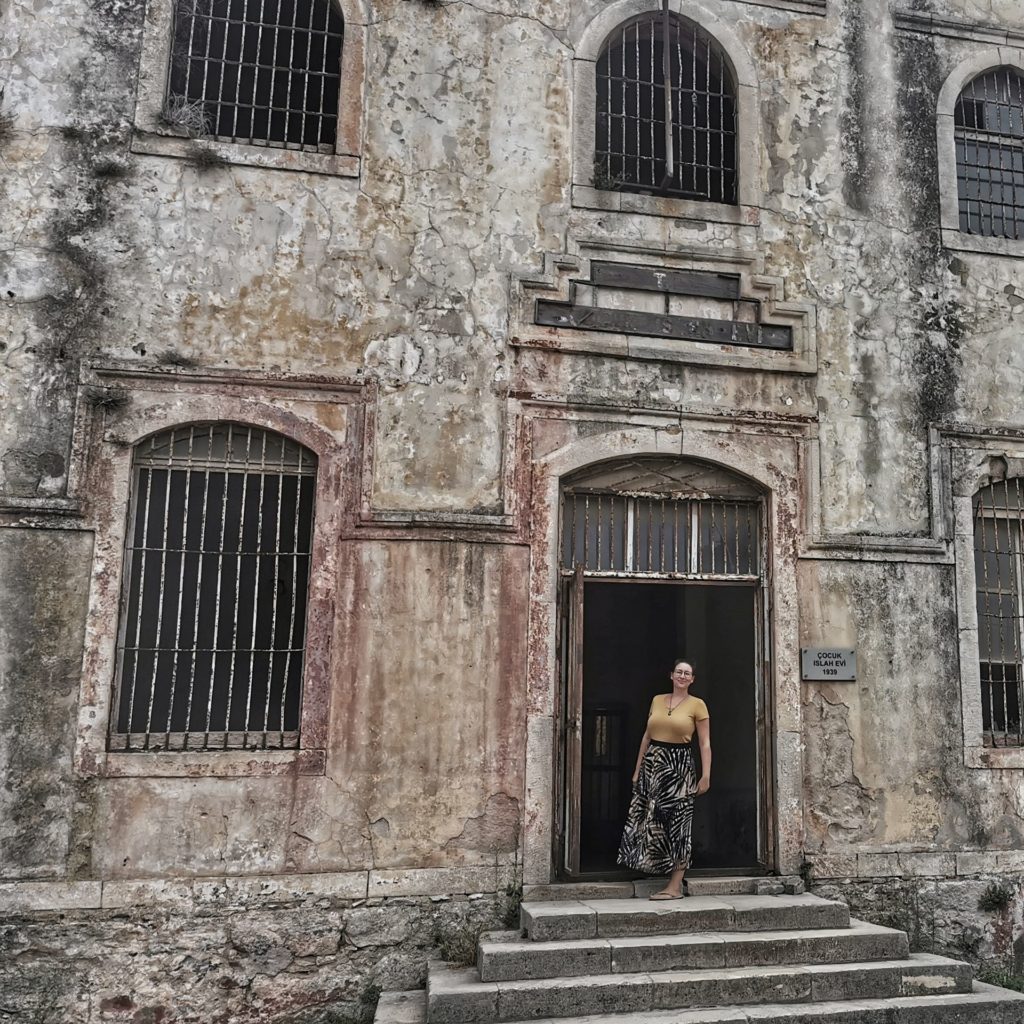
RAINY DAYS
Over the following days, the weather was mixed for the first time on our trip. We did a stop at the Kizilrmak delta, a lovely bird reserve near Buyksehir. Due to the weather, we didn’t go hiking but we also didn’t spot any of the birds from the watchtower. We still got to see them on hundreds of billboards advertising for the park and the protection of nature.
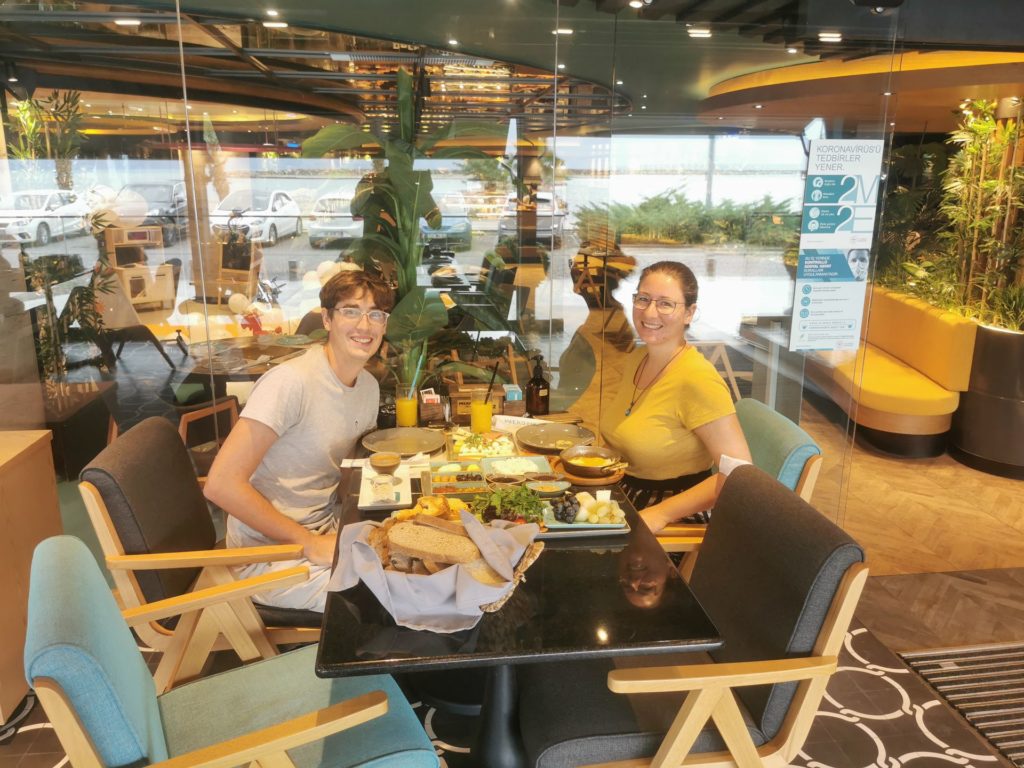
We followed the coast pausing from time to time all the way until Trabzon.
Here we decided on another cheap hotel stay, to enjoy a bit of the city life, watch some TV and flee from the first proper rain that we’ve had for months.
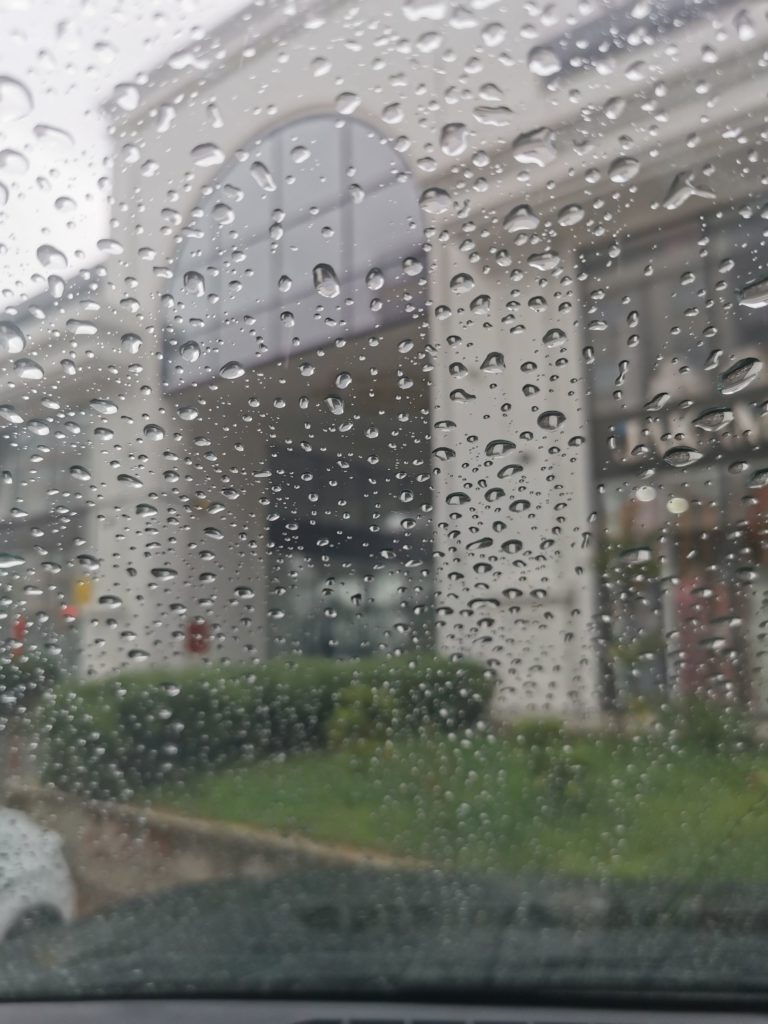

CONCLUSION
We had a fantastic time exploring this region of Turkey. The museums and readings in Ankara helped us understand Turkey and its history a bit better while the Black Sea Coast added another perspective. Both climate as well as look and feel are quite different from central Anatolia. Next stop: the north east of Turkey.
FACTS & FIGURES
- Distance: 1185 km
- Average distance per day: 169 km
- Wild camping: 2 / 7 nights (historic low for us!)
- Days raining: 2

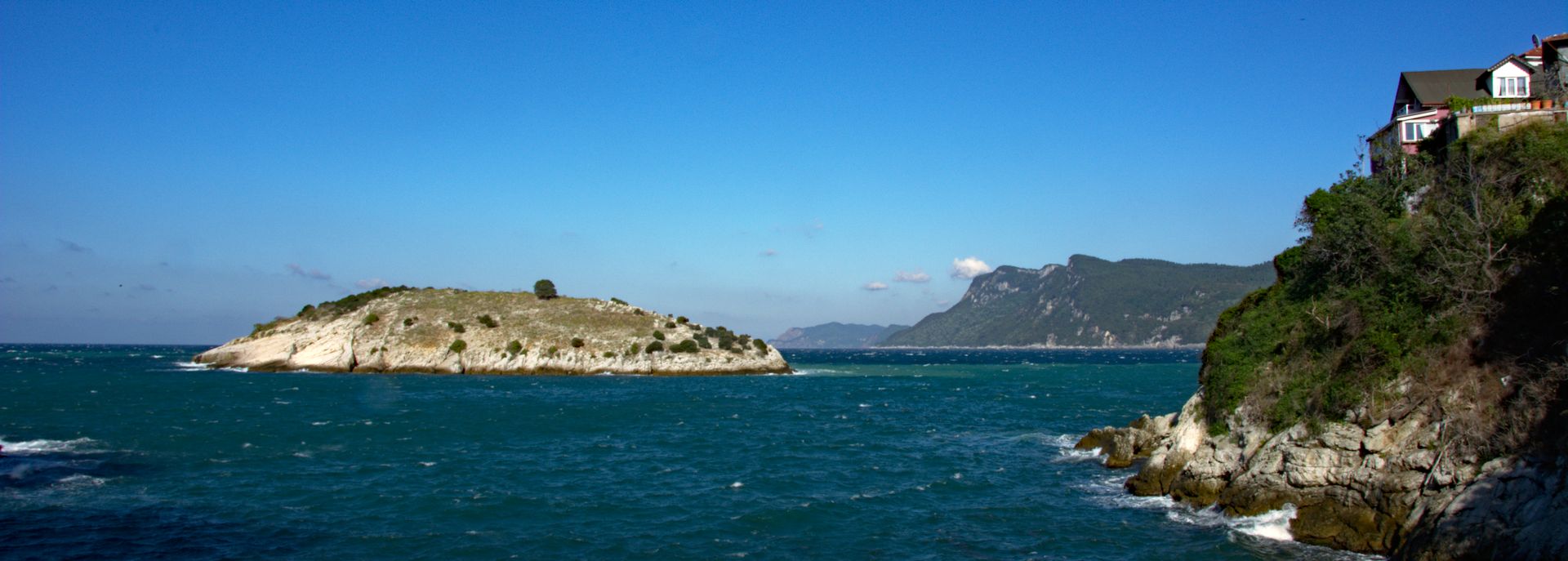
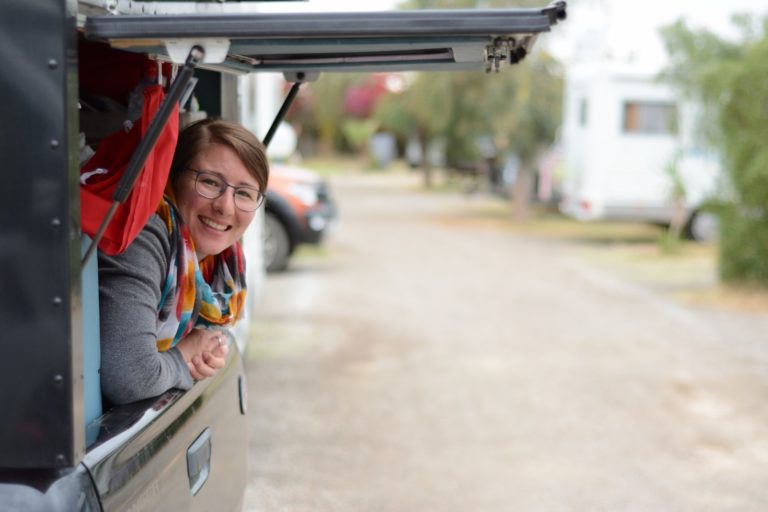
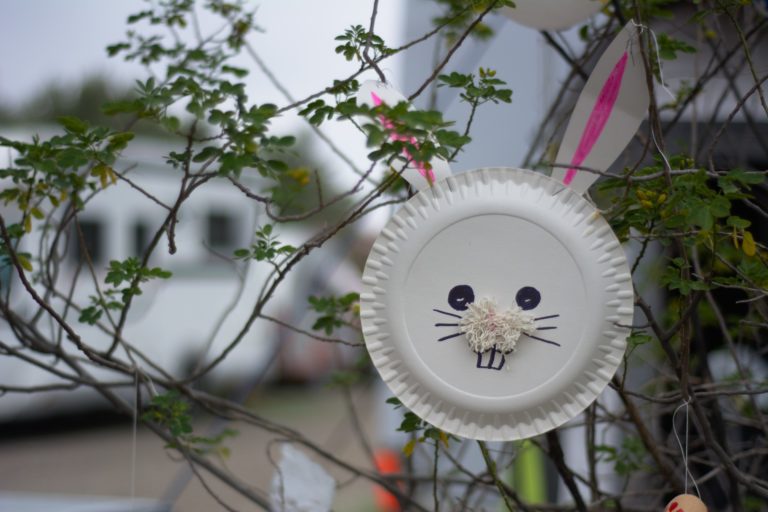
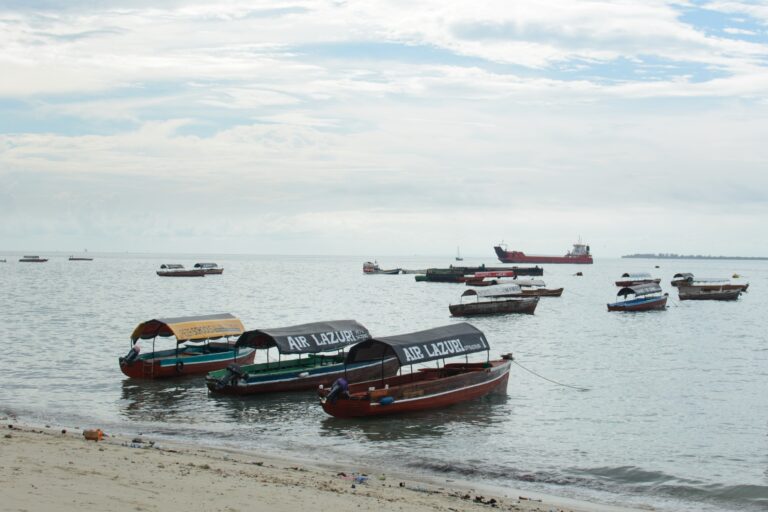
Hallo Carole,
schön, Dich zu sehen und vor allem zu sehen, dass es Euch doch trotz der ganzen Corona-Misere offensichtlich sehr gut geht und Ihr doch viel zu entdecken habt – wenn auch halt nicht ganz so weit weg wie wahrscheinlich von Euch gehofft! Wir geniessen Eure Bilder – wir kommen hier ja so überhaupt nicht mehr weg!
Lasst es Euch weiter gut gehen! Alles Liebe von Sabine und Peter aus München